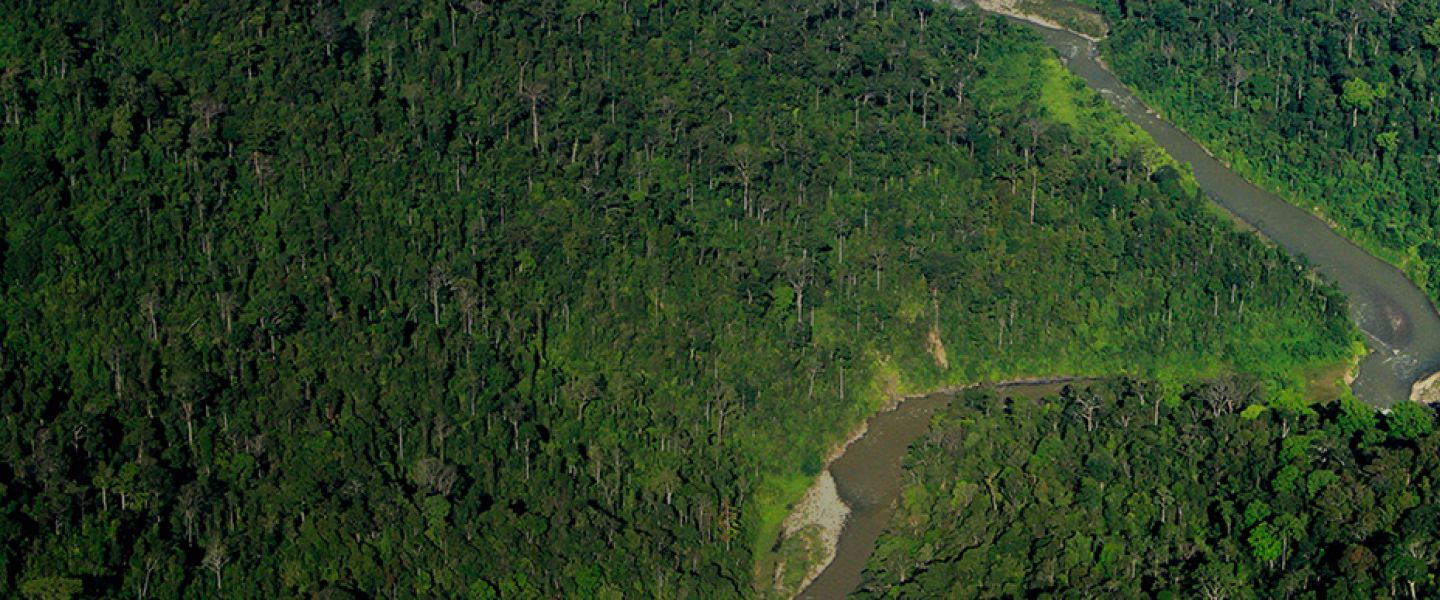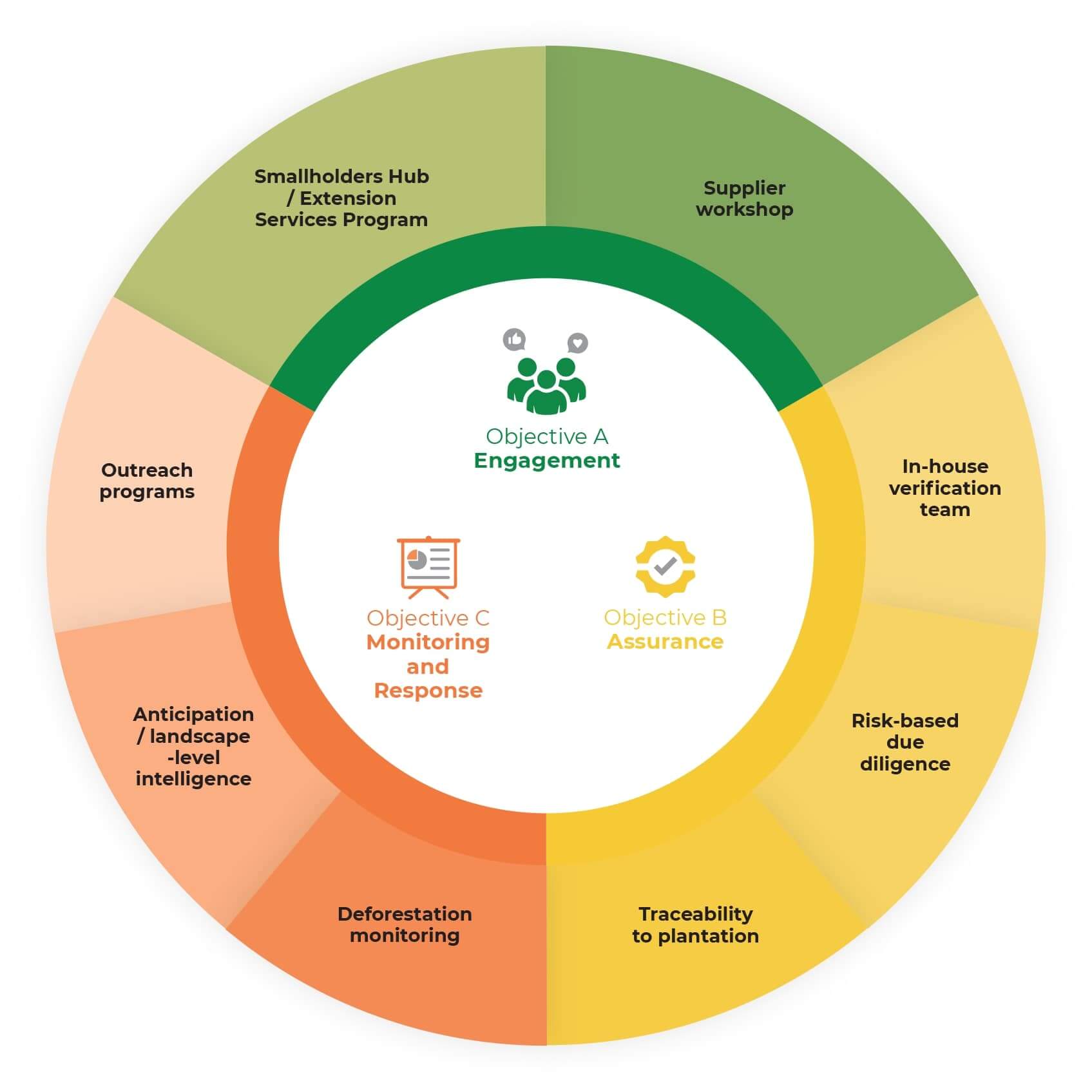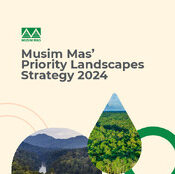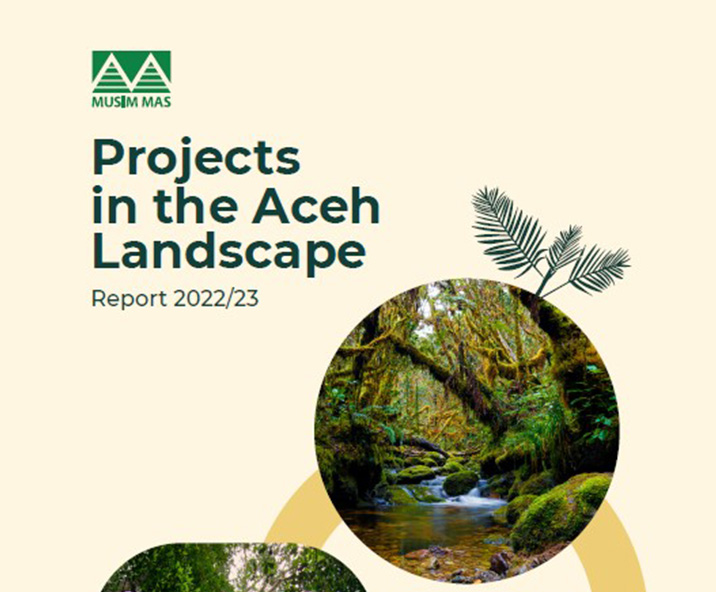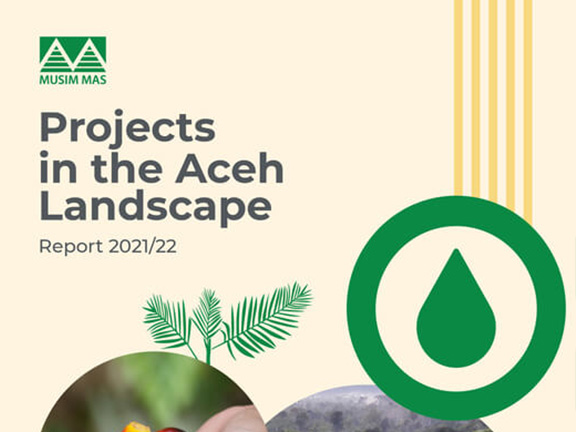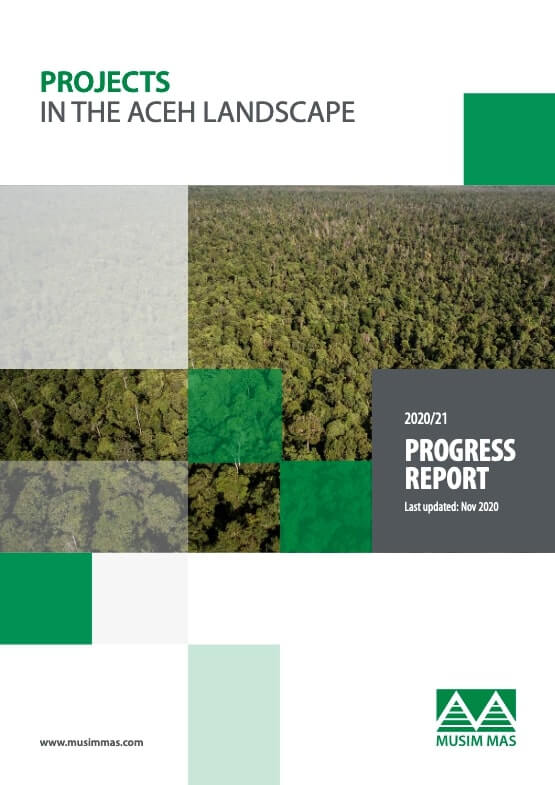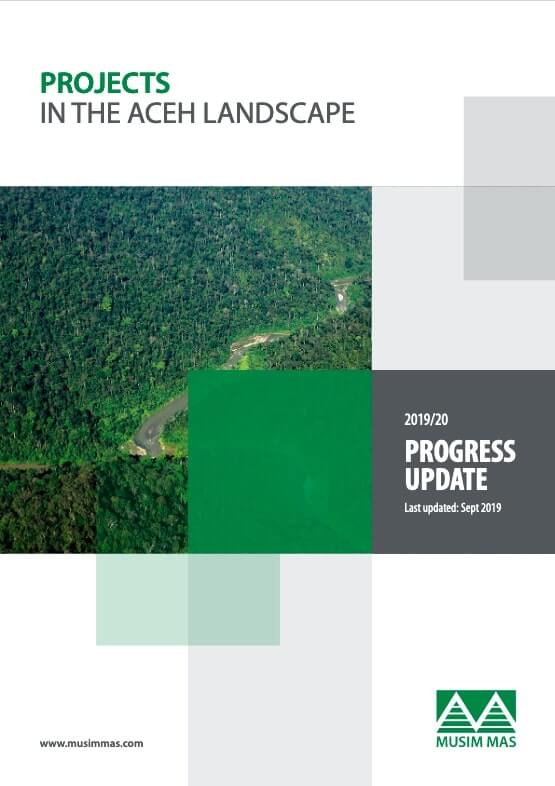In 2020, we launched a five-year strategy and roadmap for the Aceh Landscape, which details the objectives and targets for implementing the No Deforestation, No Peat, and No Exploitation (NDPE) Policy.
In 2024, we launched a unified landscape strategy reflecting the insights gained from our experience in Aceh. Targeted interventions were needed, and to implement these effectively, Musim Mas focused efforts towards priority landscapes.
Building on the progress, Musim Mas soon expanded its landscape approach in September 2024 to include Aceh, Riau, North Sumatra, South Sumatra, Central Kalimantan, and West Kalimantan under Musim Mas’ Priority Landscapes Strategy 2024
The landscape strategy comprises three primary objectives: Engagement, Assurance, and Monitoring and Response.
Firstly, the Engagement objective entails outreach to independent smallholders and mills to convey NDPE requirements and the possible consequences of non-compliance.
The Assurance objective has components to ensure that the mills supplying crude palm oil and palm kernels to Musim Mas are NDPE compliant.
Finally, the Monitoring and Response objective contains proactive elements to detect and verify deforestation at the landscape or jurisdictional level.
Products
Seeds
Applications
Products
Seeds
Applications


